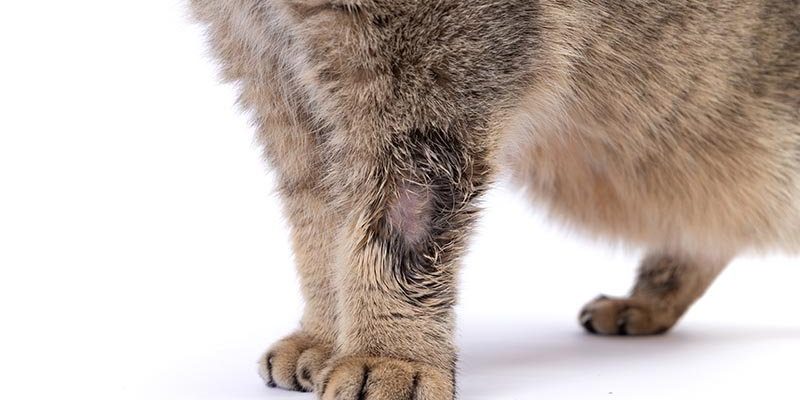
Now, before you start picturing wolves and worms in a dramatic showdown, let’s clarify what we mean by wolf worms and how they operate. These worms essentially thrive in the intestines of canines, but they can wreak havoc on the digestive systems of their unsuspecting prey. So the big question is: which mammals are showing signs of resistance, and how does that resistance work? Join me as we unravel the mystery surrounding these resilient mammals.
Understanding Wolf Worms and Their Life Cycle
To fully appreciate why some mammals resist wolf worms, we first need to understand these parasites. Wolf worms, or *Echinococcus granulosus*, are tiny, tapeworm-like creatures that primarily inhabit the intestines of dogs and other canids. They release eggs into the environment through the host’s feces, which can then be ingested by other animals like sheep, humans, or even wild mammals.
Once ingested, the eggs hatch in the intestines of the new host and develop into larvae, which can form cysts in various organs, particularly the liver and lungs. This cyst development can lead to serious health issues, as they grow and can potentially rupture, causing severe complications.
The life cycle of wolf worms involves both the definitive host (like dogs) and intermediate hosts (like sheep and some wild mammals). Understanding this cycle is crucial because it highlights the vulnerability of certain species while drawing a line to those that seem to dodge the bullet.
Why Some Mammals are More Resistant
You might be wondering, “Why do some mammals seem to shrug off these parasites while others suffer?” There are a few factors at play here. One major reason lies in the immune system. Certain mammals have evolved stronger immune responses that help fight off infections, including those from wolf worms. For instance, animals like deer and rodents have shown a more robust immune defense against these parasites.
Another factor is genetics. Just like humans have different traits that can make them more prone to certain diseases, mammals also carry unique genetic markers that influence their susceptibility to parasites. For example, species that have co-evolved with wolf worms may have developed specific resistance traits over generations.
Lastly, environmental conditions can play a role. Animals in cleaner environments, with less exposure to canine feces, are less likely to become infected in the first place. This means that habitat significantly affects the resistance to wolf worms among different mammals.
Examples of Resistant Mammals
Now that we know why resistance occurs, let’s look at some specific mammals that seem to have developed this knack.
- Wild Boars: These creatures have shown resilience against wolf worm infections. Their robust immune system allows them to manage potential infections effectively.
- Rodents: Certain rodent species have demonstrated a remarkable ability to resist wolf worms, likely due to their rapid reproductive cycle and strong immune responses.
- Deer: Some deer populations have displayed resistance, possibly because they’ve co-evolved alongside wolves and their parasites.
Each of these animals has developed unique adaptations that help them fend off wolf worms. Their experiences can teach us a lot about the balance of ecosystems and the importance of biodiversity.
The Role of Ecosystems
Understanding how certain mammals resist wolf worms also ties into broader ecological dynamics. When exploring these relationships, it’s clear that healthy ecosystems can promote resistance. The presence of various species in an environment can help regulate parasite populations.
For example, when predator and prey populations are balanced, the transmission of wolf worms can be minimized. Predators like wolves maintain the population of intermediate hosts, leading to a natural cycle that can keep parasite levels in check.
So, when one species thrives, others benefit, creating a ripple effect that helps maintain the delicate balance of ecosystem health.
Implications for Wildlife Management
With all this information, you might be asking how this affects wildlife management and conservation efforts. Knowledge about which mammals show resistance can play a big role in developing strategies to protect vulnerable species.
For wildlife managers, targeting interventions that support resistant species or populations could lead to healthier ecosystems. By focusing on maintaining genetic diversity within these populations, we can help strengthen their natural defenses against wolf worms and other parasites.
Additionally, understanding these dynamics can inform public health strategies, particularly in areas where humans may come into contact with wolf worms, such as through contaminated water or food sources.
Resilience Through Evolution
Let’s take a moment to appreciate the resilience shown by certain mammals against wolf worms. This isn’t just about how they deal with parasites; it’s a testament to millions of years of evolution. Adaptation to specific challenges, like parasites, is part of nature’s intricate design.
As environments change and new challenges arise, some species will adapt while others may struggle. Those that can resist challenges like wolf worms are vital for the overall health of ecosystems. They serve as a reminder of nature’s ability to adapt and survive in the face of adversity.
The world of wolf worms and the mammals that resist them is a captivating one. In the dance between predator and parasite, some mammals have managed to find a way to avoid the pitfalls of infection.
Understanding these dynamics not only sheds light on the resilience of certain species but also highlights the importance of maintaining ecological balance. As we continue to explore the intricacies of nature, we discover more about how life adapts, survives, and thrives—even against the smallest of foes.
So, next time you hear about wolf worms, think about the incredible mammals that might be shrugging them off without a care. It’s a wild world out there, and every little interaction contributes to the larger story of life on Earth.

